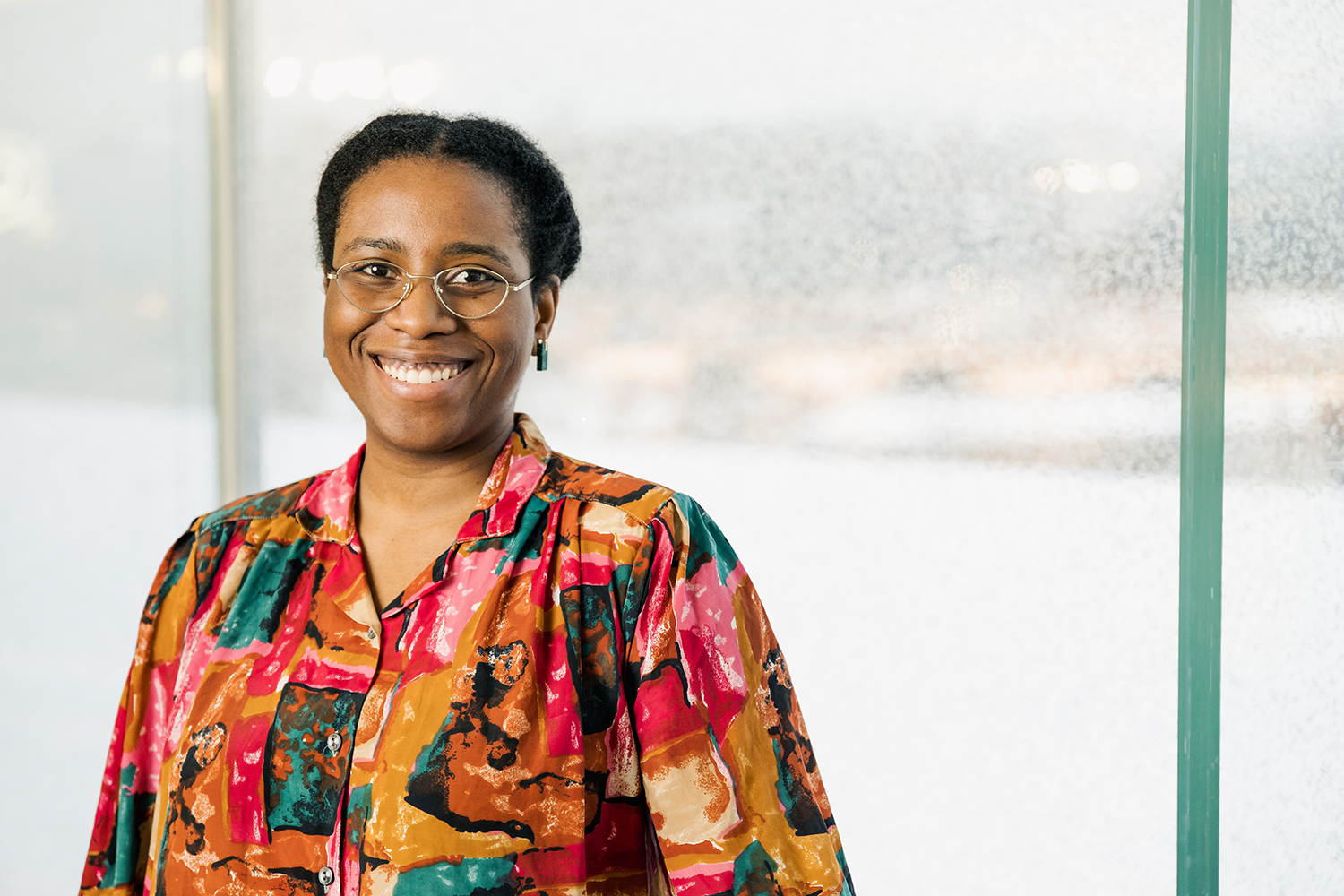TYY interviewed Jenny Kasongo, member of the Board of National Union of University Students (SYL) on racism and asked her to send her greetings to students at the University of Turku. Kasongo is responsible for social policy (income, equality) in SYL, as well as for language policy and organisations and culture.

1. How does racism appear in educational institutions or universities?
Racism manifests itself on many levels. A couple of years ago, I chaired the Students of Colour student organisation and settled the racist situations faced by students. Most are involved in open racist conduct in the lecture, either by a lecturer or by a student.
Racism also exists throughout the education system, so to speak, as structural racism. Many members of the ethnic minority are assigned to a vocational school in the joint phase, even if the average and the skills are sufficient for the university. For example, the Romany people in Finland are highly under-represented in universities. Sub-representability is not related to individual competence, but to a prejudiced and racist attitude towards Finnish Roma.
2. What about the rest of society?
Racism can occur, for example, in early childhood education, clinics, social welfare and health services, recruitment, workplaces and search for housing. Racism is not only an open, clear discrimination against an individual or against a group. Racism often manifests itself in silent discriminatory behaviour. Assume that members of the ethnic minority are less valuable, less human beings.
3. How could racism be prevented in schools and universities?
The key factor in prevention is the identification of racism. Too often the experiences of racism are considered to be open to interpretation and the experience is not believed. In teaching situations, it is necessary to remember to speak respectfully of all groups of people. Antiracism training should be offered to students and staff alike.
It is also good to use the principles of much spoken safer space in connection with various events and lectures. The principles of a safer state are designed to ensure that everyone understands.
Universities must be clear about the lack of cases of harassment and discrimination. More attention should be paid, for example, to paid pay in connection with equal opportunities and equal opportunities.
An important aspect of the prevention of racism is to support research institutes from different universities investigating the diverse phenomenon of racism.
4. What can an individual student do?
An individual student does not have to be a hero. It's enough to have solidarity. If you see racist behaviour, you can intervene or back up someone who has experienced racism.
5. You are a visible person in the student movement and a model for many who fight against discrimination. What greetings would you give to all those who have experienced racism, discrimination or minority stress?
There's no way I could claim to be an example to anyone else. My interest in the themes of antiracism comes from the experiences of my own friends and relatives. I want a better place in Finland for my potential future children. I hope that in the Student Union of Turku, members of the ethnic minority will organise themselves, set up a local student association and maintain close contact with others. There does not need to be a political agenda, but the organisation or community at best brings powerful experiences.
6. What greetings would you give to all students at the University of Turku in the week against racism?
I hope that the week against racism will awaken many to their own prejudices and privileges.